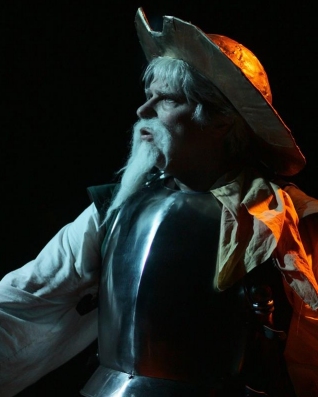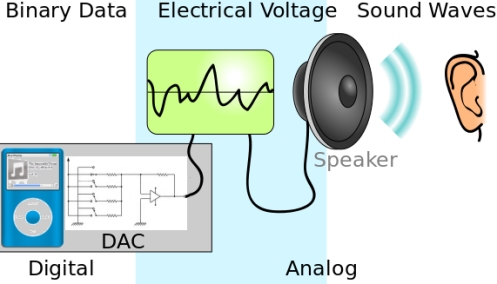
I wanted to share this with my readers: Practical Homeschooling has announced that my elementary series was awarded first place in the Elementary Science category of their 2018 Reader AwardsTM. This is the second year in a row that my elementary courses were given this honor. Here is what one homeschooling parent had to say about the series:
We studied Dr. Wile’s first book, ‘Science in the Beginning’, and we loved it. But then I got a little apprehensive about the next ones, because like you say, they were written with a different approach. I tried a different curriculum, with a more traditional sequence, and we were bored! One semester was enough. Since then we have done all four books, and we started with the 5th one this school year. What we love the most is that the lessons teach ONE concept, and the experiment, like you mentioned, cements that concept. I will not look into more Science curricula ever.
In addition, my new high school chemistry course was given the same honor! The course has been available for less than three years, and I am thrilled that it has already become popular enough to win over the readers of Practical Homeschooling. Of course, no honor can be as thrilling as receiving these kinds of emails from students:
Hi! I just wanted to let you know how much I have enjoyed Discovering Design With Chemistry. I am a tenth-grade homeschooled student, and I really learned so much through this book. After taking this course, I know I will definitely take Advanced Chemistry in my senior year, and I will seriously consider studying chemistry in college as well. I found chemistry to be enjoyable and exciting through your work! Thank you!
If you are wondering how my new chemistry course differs from Apologia’s current chemistry course, you might want to read this comparison from a homeschooled student and her mother.
I want to thank Practical Homeschooling and its readers for these honors. I am happy to know that my courses are making home science education easier and more enjoyable!











